Modern Love
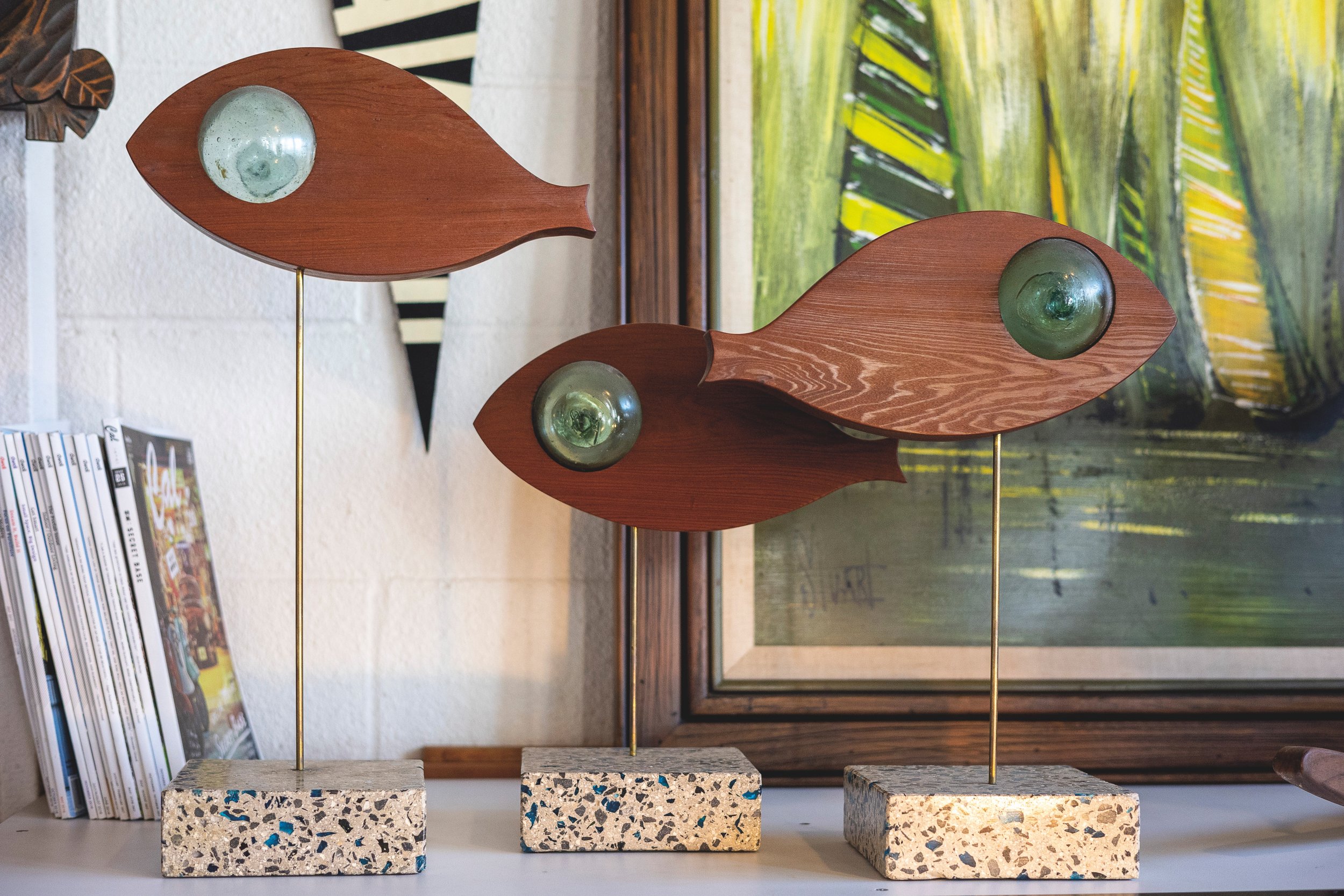
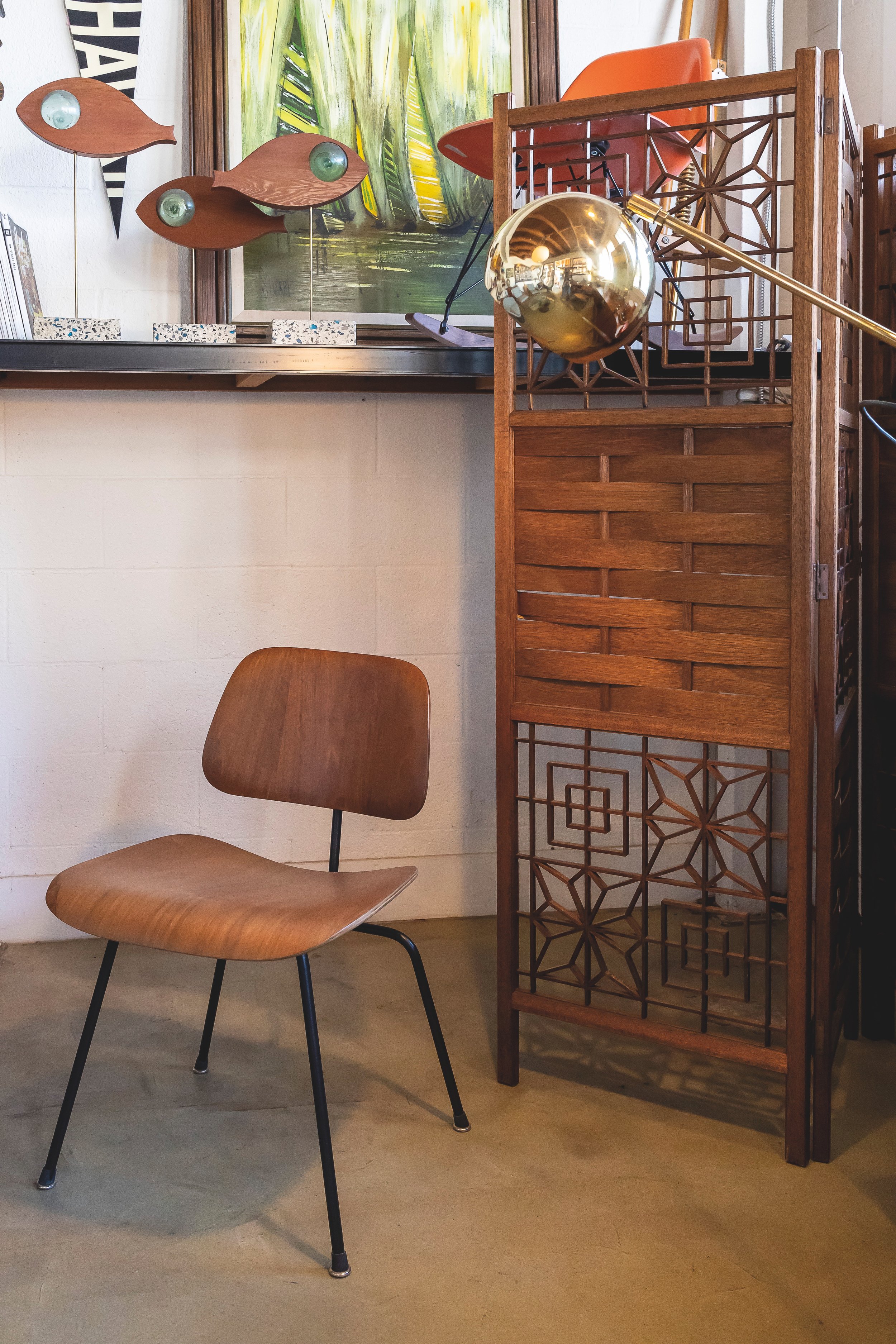
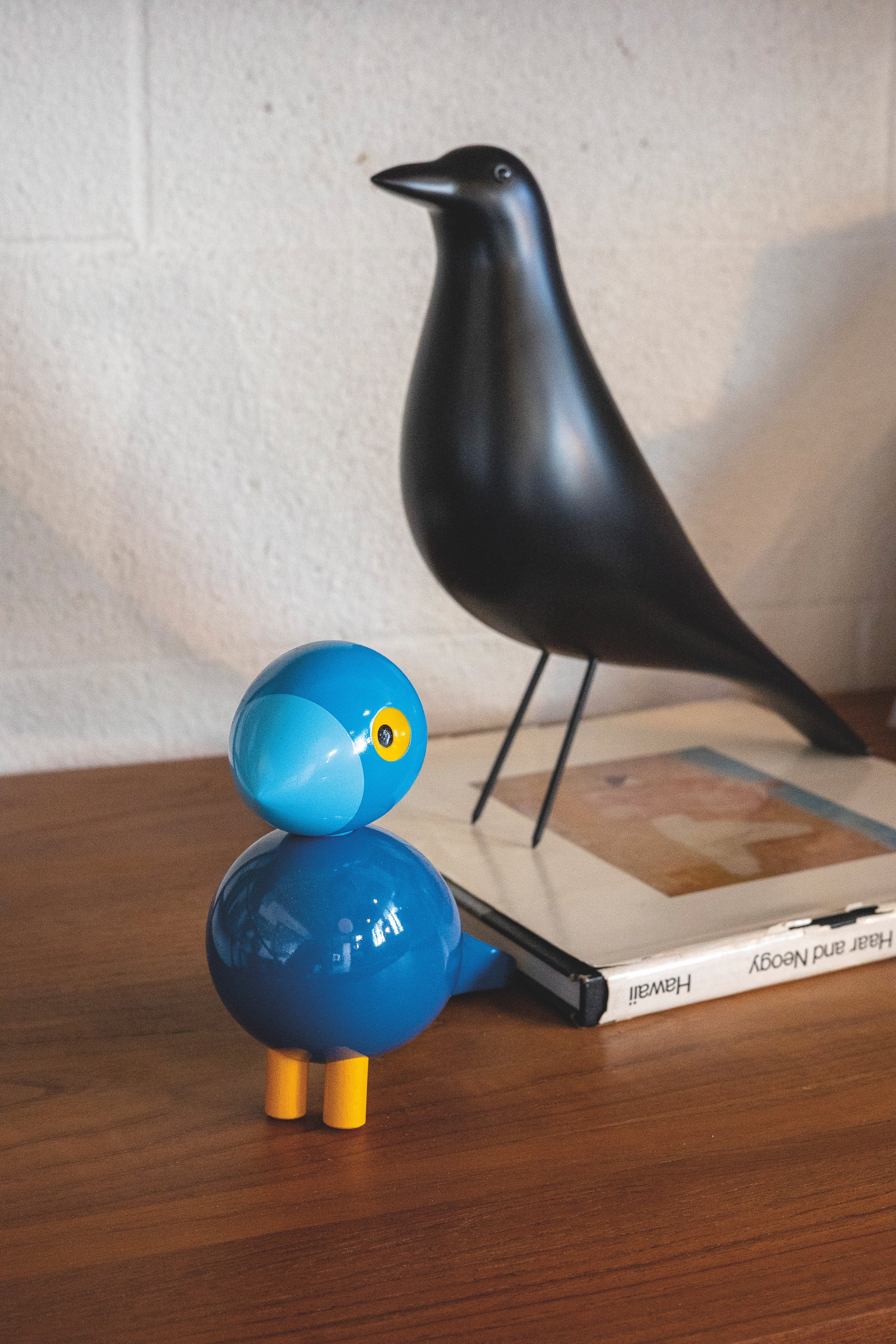
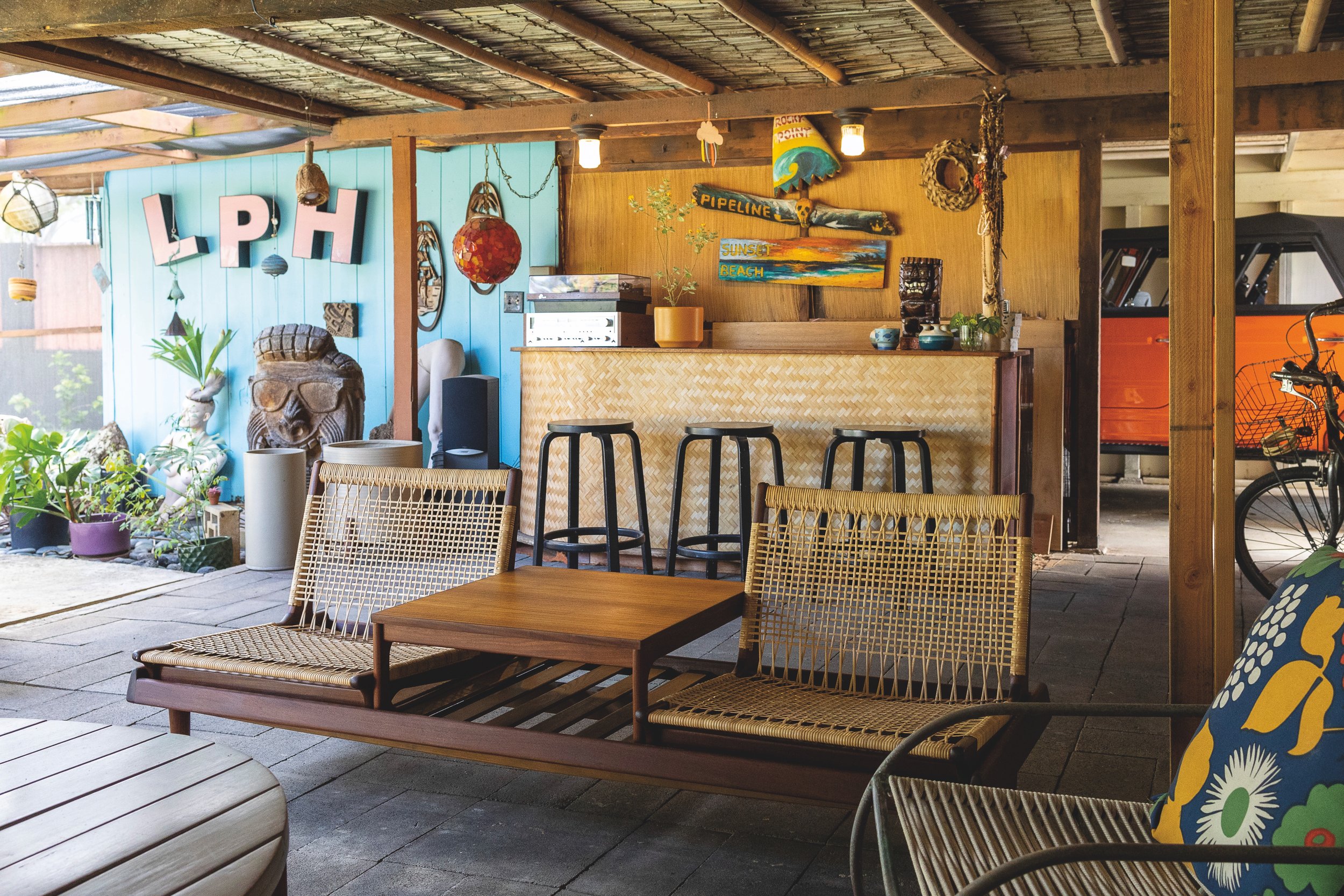
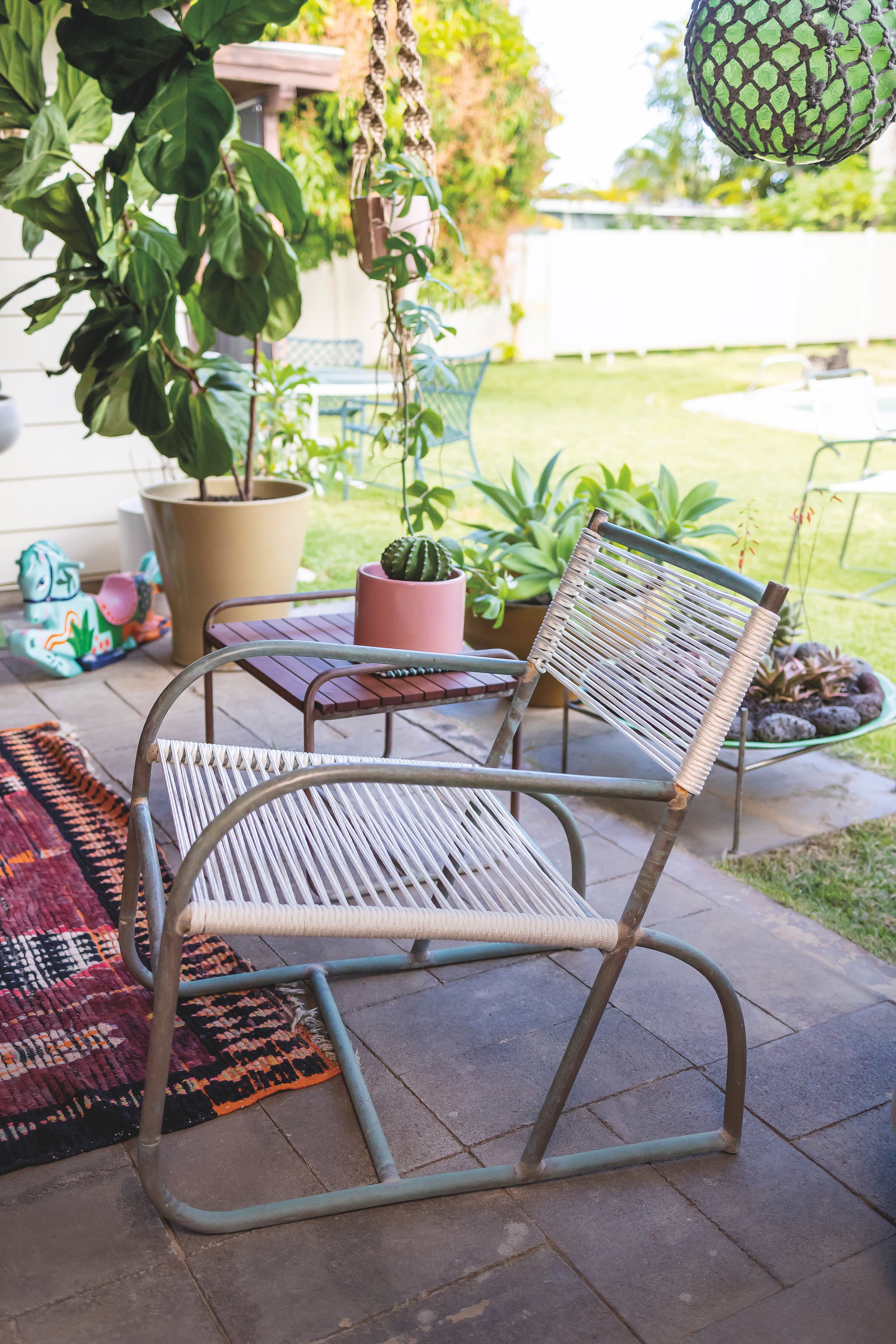
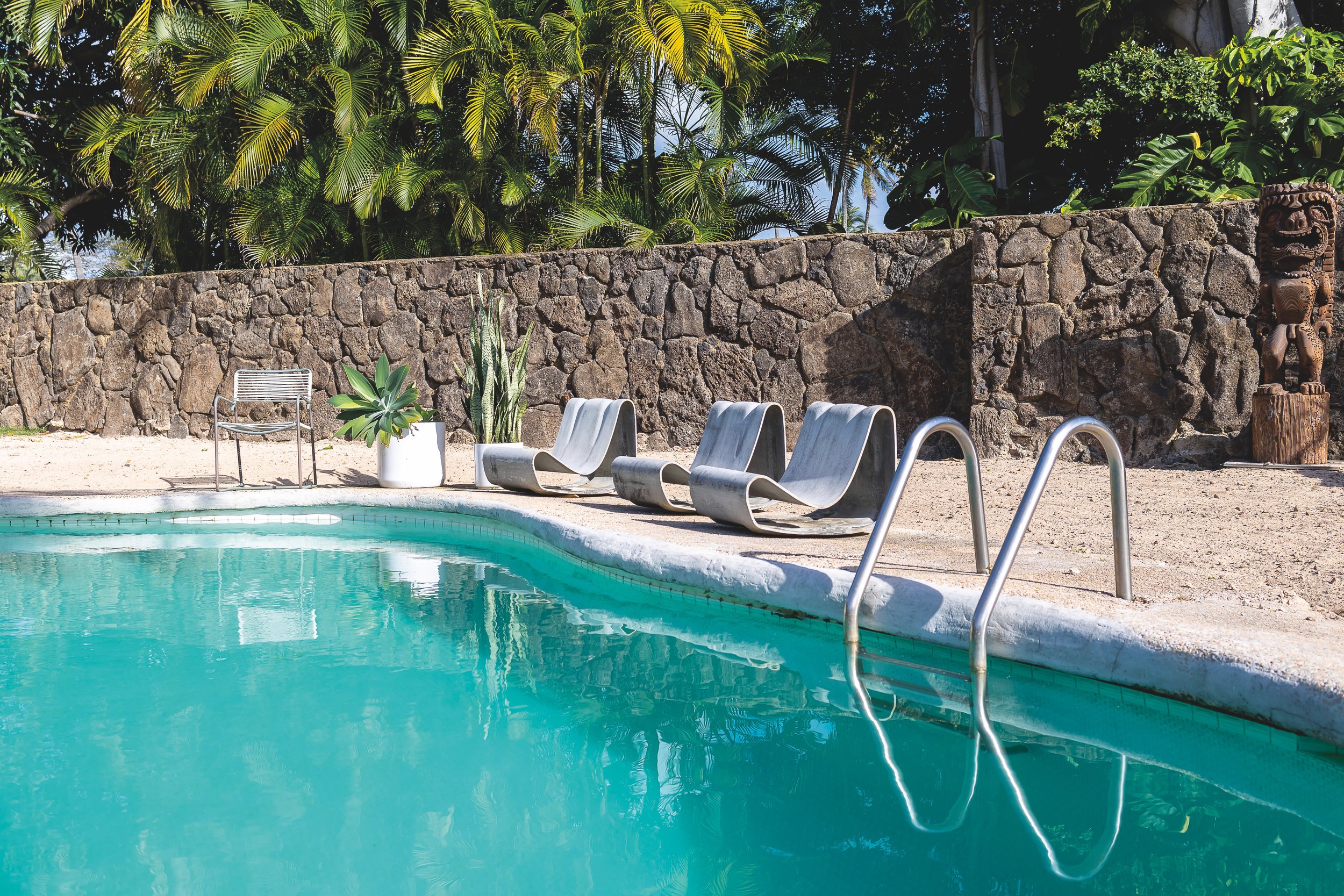
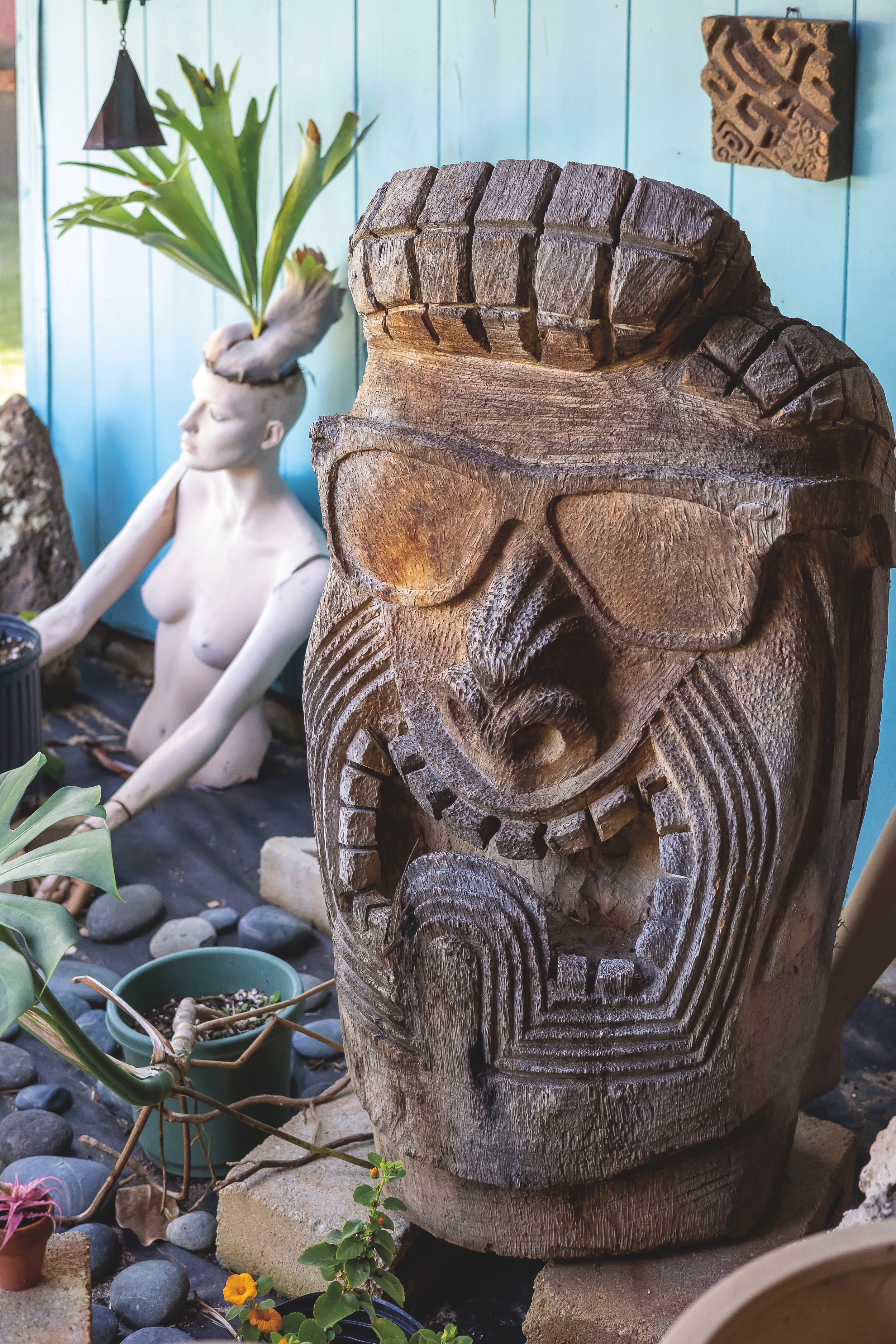
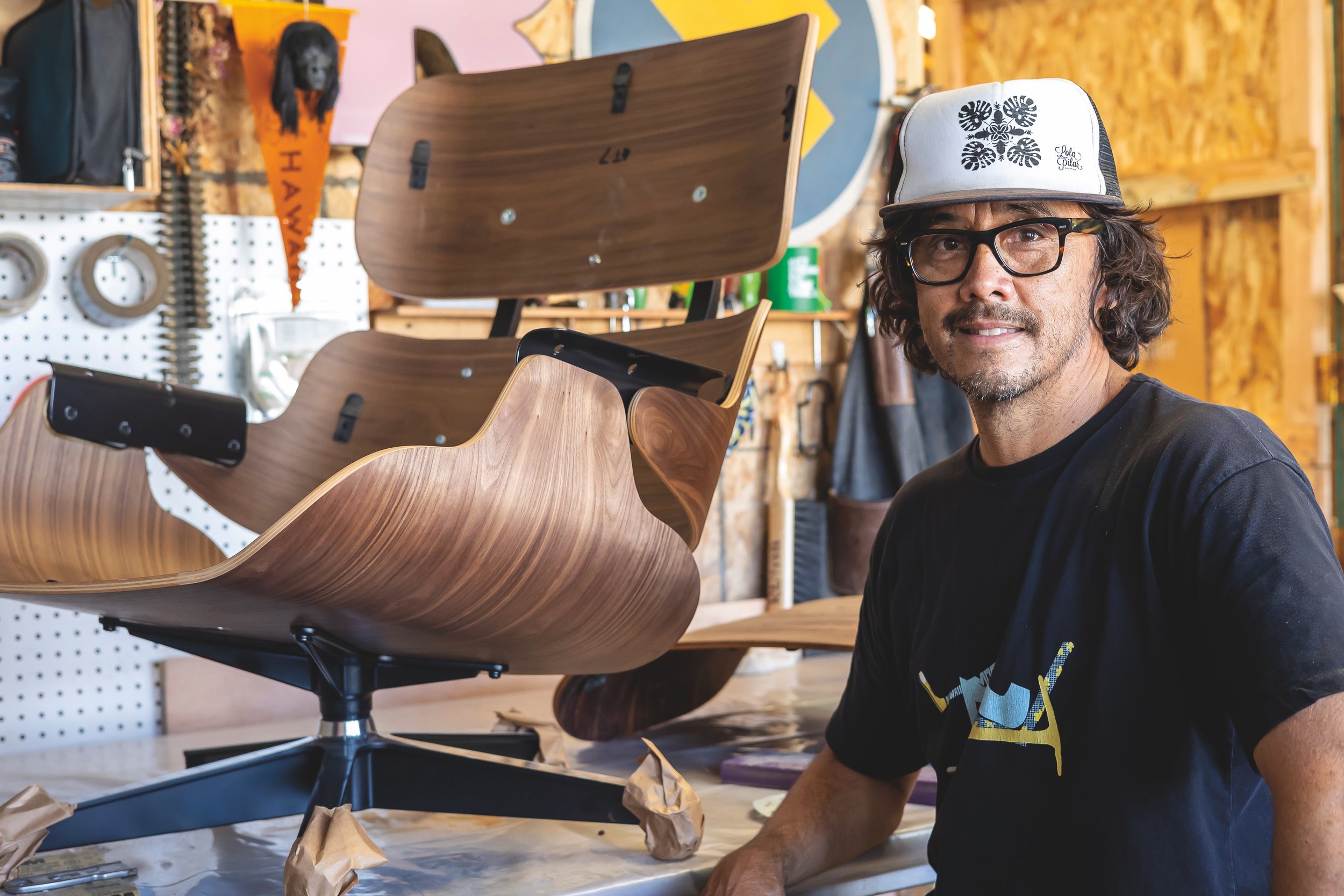
“The most important thing is that you love what you are doing,” esteemed American designer and architect Charles Eames once said. “And the second, that you are not afraid of where your next idea will lead.”
In 2005, John Reyno had no idea where his life would lead. He just knew he needed a change of pace. For more than two decades, Reyno had been welding trailer hitches with his twin brother in Costa Mesa, California. The work was lucrative and Reyno was able to retire at age 40, which he was grateful for. But to accomplish this, it had meant working 12-plus hour days, six days a week. “I started welding literally the day I graduated high school,” Reyno says. “Eventually, I was burned out. I didn’t want to do that anymore… I kind of just wanted to kitesurf.”
So he decided to do exactly that. The brothers sold their shop and Reyno used the money to buy a home on O‘ahu. Over the next few years, when Reyno wasn’t spending time on the water or working the occasional carpentry gig, he was building out his home, which included filling the place with his favorite furniture that he had shipped over from where he previously lived on the West Coast. “That one was this mid-century ranch house in California where the bar and fireplace were offset in the living room, there were these chunky rocks on the roof… I just liked the uniqueness of it,” says Reyno. “I started teaching myself about mid-century architecture and learned how, at the time, there wasn’t anything to put in these newly designed homes so a lot of modern architects started designing furniture, too.”
A guy who welds rugged trailer hitches for a living may not necessarily come to mind as the same guy with a passion for mid-century modern aesthetics, the eclectic design movement known for being simultaneously simplistic and imaginative; organic yet geometric; peculiar but familiar. Except, in Reyno’s eyes, it’s all related. “Even when I was welding, we had our own line of trailer hitches that I custom designed. It’s about finding something that needs to be addressed and fixing it through whatever way you can,” he says. “To me, that’s what good design is. Solving a problem.”
Once in Hawai‘i, Reyno found that some of the furniture he shipped here needed repairing, so he began going around to garage sales and consignment stores for replacement parts, such as metal legs or rubber shock mounts. “Back before social media could show everybody trends from all over the world, most people here didn’t necessarily know what mid-century modern furniture was, it was just something that auntie or uncle had lying around,” says Reyno, who was surprised to see vast quantities of mid-century finds all across the island. Almost always beat up and requiring restoration, Reyno often wound up with two or three of the same piece. He began selling the fixed up extras at pop-up events hosted by local shops, including Hound & Quail and fishcake. “People knew they only had that one day to buy what they wanted, so furniture sold quickly. But I was always stuck hauling my stuff everywhere so it kind of became an ordeal. Eventually I realized having a studio would be better.”
Today, Reyno shares a workshop with a cohort of furniture makers and craftsmen in Kaka‘ako. They operate out of an industrial building leased by the Honolulu Furniture Company tucked away on Cummins Street, equipped with all the necessary machines that Reyno says “you couldn’t fit in your garage,” where Hawai‘i Modern also maintains a ground floor showroom to display finished pieces. Because furniture is constantly coming in and selling out, there are no permanent installations. (“There’ll always probably be some kind of Eames chair here. That, and the smell of freshly oiled furniture,” he laughs.) However, the intimate studio still serves as something of a mini museum, with chairs, tables, desks, and fixtures gathered together like fraternal members of some mid-century modern lodge.
There’s the bright orange rocking chair molded in fiberglass by Charles and Ray Eames—the husband and wife creative team who are arguably the most widely recognized mid-century modern designers—standing guard near the back. In the center of the room, a pair of 1960s steel wire lounge chairs designed by modernist architect Warren Platner is in dialogue with one of Danish designer Hans Wegner’s early ‘50s angled sawbuck chairs, inspired by the wooden saw horses often used by woodcutters and carpenters. Keeping a cool distance on the outskirts of this party is Danish cabinetmaker and architect Arne Vodder’s elegant sideboard from 1959, complete with its iconic wavy-patterned handles and reversible sliding teak doors. All the while, a black alder Eames house bird observes from a bookshelf against the wall.
“The biggest question I get is, ‘Where do you find this stuff?’ But there’s not some secret place where you’re just gonna find a bunch of Eames chairs. That’s not how it works,” Reyno says. “You have to look around; go to garage sales, go on Craigslist. Because looking is part of the process and sometimes you’ll end up with a cool story about how you got that piece [of furniture]. It’s more fun to fill your house with these types of little treasures that are actually meaningful to you.”
It’s the restoration process that has the most meaning for Reyno, who’ll spend hours cleaning, sanding, replacing old parts, and adding new finishes to any given piece. “For something like an Eames ottoman, I can easily pour 40 hours of work into it by the time I’m done. These can definitely become labors of love.” Reyno works on furniture daily, usually from 10 a.m. to 6 p.m. at the shop, then posts a photo on Instagram. Either the piece sells then and there, or he’ll put it in the showroom. “Then I’ll start on another piece. That’s kind of how my days go.”
Most of the furniture that Reyno restores is up for sale (or for Reyno to keep), but he’ll also work on specific commissions depending on the history or context. Like in the case of a certain well-known local architect’s daughter who wanted to repair her father’s favorite Eames chair. Or the one time Reyno restored an iconic piece of Hawaiian and Modern furniture that once belonged to architect George Johnson, who worked for close to a decade with famed Hawai‘i architect Vladimir Ossipoff. “I love the furniture, but I also like the stories behind the furniture,” says Reyno. “If someone tells me about a historic piece that’s also a family heirloom and if it’s pulling on my heartstrings a little bit—and if I can help—I’ll do it.”
Interested in salvaging your own retro furniture finds, mid-century modern or otherwise? “What I tell people is: Find furniture you love. If it needs fixing, do you have the resources to fix it yourself or do you know someone who can? If not, maybe let someone else find and treasure this,” Reyno says. “Furniture makes up a bulk of what we throw out as a society. So it’s worth spending a little time or a little more money to find something that you’re going to keep for a while. If I can bring old pieces of furniture back to life so they can have another generation or two of use and stay out of the landfills, it feels like I’m winning every day I get to do that.”
